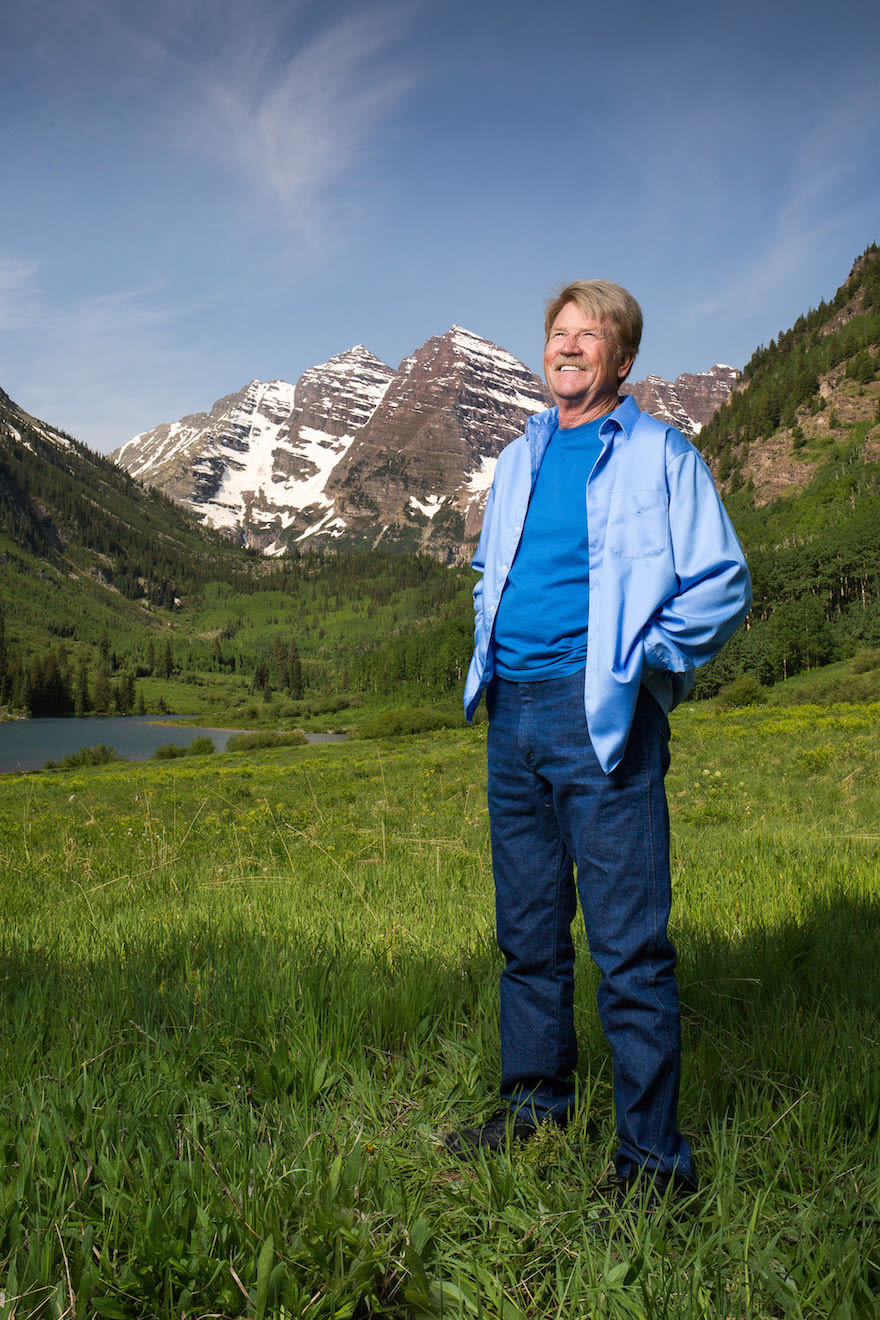A Q&A with Roaring Fork Transportation Authority's John Pennington

Image: Jim Paussa
ASPEN SOJOURNER: How long have you been driving for RFTA and doing the Bells route?
John Pennington: I’m in my 19th season with RFTA and my 17th season going to the Bells. I used to be a principal and superintendent in Parachute/Grand Valley. I retired from there in 1997, but I still needed something to do.
AS: How many times would you estimate you’ve been to the Bells?
JP: I calculate about 2,400 trips.
AS: As a driver on this route, you’re also part tour guide, aren’t you?
JP: We do a presentation on the way up. I do an extensive one in the morning, when it usually takes about 25 minutes to get to the Bells because of bicycle traffic. In the afternoon, when people are in a hurry because it’s late in the day, I’ll ask them whether they want the long version, the medium version, or the quickest version.
AS: What type of stuff do you cover in the presentation?
JP: We have some items that all drivers are expected to touch on: aspen trees, avalanche chutes, the wooden flume that used to be known as Molly’s Ditch, the Morrison and Maroon formations, Pyramid Peak, the T Lazy 7 Ranch history, animals, and glaciers.
AS: What do you most enjoy telling passengers about on the drive?
JP: I was a biology major in college, and I taught high-school science, so I really enjoy the basic ecology of the valley, in terms of avalanche chutes changing the landscape, the spruce/fir relationship with the aspen forest, and the succession of one plant species over another.
AS: Has your presentation changed over the years?
JP: Mine got a little shorter. My [late] wife once said I have the gift of gab. I used to take a little too much time to get to the Bells, because I had so much I thought everybody really needed to know. But I learned there’s a limit to how much you can give them.
AS: When do riders get their first glimpse of the Maroon Bells?
JP: When you make this hard right-hand turn at the point in the road where Pyramid Peak goes out of view. Then they’re right in the front windshield.
AS: Ever spotted a mountain lion, or other unexpected wildlife, during one of your drives?
JP: I have never seen a mountain lion on the Bells tour. Three or four years ago, a moose moved into the valley. Prior to that we weren’t seeing any.
AS: Do you visit the Bells when you’re not working?
JP: My girlfriend, Janis, and I will make trips up there, usually in the evening or if we have guests coming in.
AS: What’s your favorite time of year to visit them?
JP: June, because it’s so green. In the upper meadows, that grass will go to seed in August.
AS: Have you noticed any changes in the type or number of visitors to the Bells over the years?
JP: There’s been a big increase in the past four years. Last year set a record, I think. We used to run buses every 20 minutes up there. Now the buses run every 15 minutes, starting this summer.
AS: What one or two things do you really want visitors to know about the Bells?
JP: This valley was formed by glacier activity. The glaciers and avalanches really modified the landscape and provided an opportunity for other plants to get started, like grasses and shrubs growing where aspen used to be. Also, there is no South Maroon Peak. We have Maroon Peak and North Maroon Peak. If you look at a USGS topographical map, that’s how they are listed.
AS: Has anyone ever asked you at what time the Bells ring? I once had a visitor ask me that, in all seriousness.
JP: No, never. But we had a driver one year-—it wasn’t me—report that a person on the bus who was from a metropolitan area asked who comes up in the morning and lets the marmots out of their cages. The driver made it clear the person was serious, so she had to be careful not to be insulting.













































